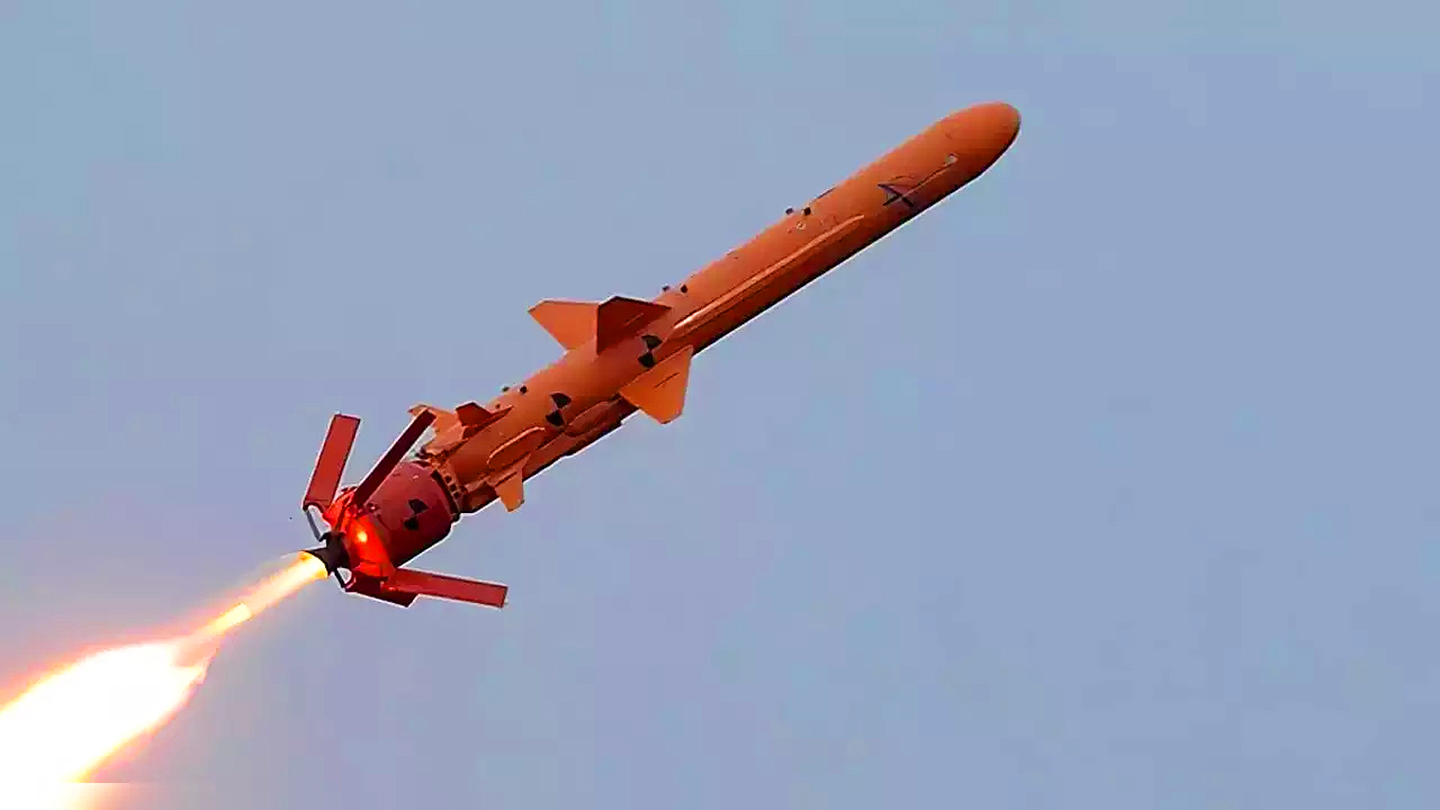Unpacking Ukraine's Missile Arsenal: Key Trends and Insights for 2025 Air Offensive Strategy

Air Offensive Against Rear Areas — Trends for 2025 (Part 3): AFU Missiles
The latest phase in the evolving air offensive has brought renewed focus to the long-range missile capabilities of the Armed Forces of Ukraine (AFU). As the operational landscape of 2025 unfolds, scrutiny intensifies around the composition, origins, and effectiveness of AFU's missile arsenal. Widely discussed in military analysis, these missiles are not only at the center of current strategies for striking high-value targets but also serve as a defining element in the ongoing technological and tactical arms race. Understanding these systems, both foreign-supplied and domestically produced, is essential for appreciating the potential trajectory of the conflict and the shifting balance of power in the region.
At the forefront of the AFU's long-range strike capability are NATO-supplied systems, which have played a pivotal role in shaping operational outcomes. The ATACMS, a ground-launched ballistic missile deployed from the HIMARS platform, exemplifies this technological edge. Prioritizing high-value targets that are shielded by sophisticated air defenses, ATACMS missions are rigorously planned and typically launched in salvos, often with four to eight missiles in a single strike. This approach is driven by the necessity to penetrate formidable defenses, with the expectation that, at most, a few missiles will breach the target area. The cost of sustaining such operations is substantial, compounded by the dwindling stockpiles of NATO munitions and a noticeable reduction in recent deliveries from the United States. As a result, ATACMS launches have become increasingly rare, underscoring the finite nature of these advanced systems and the logistical constraints now shaping Ukrainian strategy.
Complementing these ballistic missile operations are air-launched cruise missiles such as the Storm Shadow and its French counterpart, the SCALP-EG. Currently, these missiles constitute the mainstay of the AFU's offensive posture, particularly in recent attacks targeting critical infrastructure in regions such as Donetsk and Luhansk. Valued for their precision and effectiveness, these systems are reserved for strikes on highly defended headquarters and vital ammunition depots. The scarcity and expense of these missiles, alongside limited allied reserves, restrict their deployment to the most strategically significant operations. However, the effectiveness of these strikes diminishes with increased target depth, as defensive crews are afforded time to intercept incoming projectiles, leading to a notable reduction in successful penetrations. Altogether, ATACMS and Storm Shadow remain the most technologically advanced foreign-supplied missile systems available, setting the benchmark for the AFU's long-range strike capacity.
Beyond imported weaponry, Ukraine has been steadily advancing its indigenous missile programs, drawing on legacy expertise and urgent wartime innovation. The “Palianytsia” and “Peklo” cruise missiles represent a critical element in this domestic arsenal. With design roots reminiscent of the mid-20th-century V-1 “flying bomb,” these missiles deliver a range of up to 700 kilometers and carry a 50-kilogram warhead. Their relatively low production cost, though still above $100,000 per unit, made possible a peak output rate of approximately thirty units per day at the height of their manufacturing. However, recent targeted strikes on Ukrainian production facilities have resulted in a discernible reduction in both output and operational launches, confirming the vulnerability of these assets to countermeasures aimed at disrupting the supply chain.
The “Neptun” cruise missile stands as a testament to Ukraine's retained technical acumen from the Soviet era, specifically in anti-ship missile technology. Powered by the TRDD-50 engine from Zaporizhzhia, the Neptun offers capabilities comparable to similar subsonic systems but operates under severe production constraints. With current capacity estimated at no more than ten units per month, each missile can be considered a highly specialized product, indicative of a near-handcrafted approach rather than mass production. This limitation places practical restrictions on the scale and frequency of Neptun strikes, despite its potential as a force multiplier.
The “Sapsan” short-range ballistic missile system, developed by the Yuzhnoye Design Bureau, illustrates the protracted and often challenging journey toward self-sufficiency in missile technology. Despite initial ambitions in the 1990s to rival systems such as the Iskander, a series of setbacks—including persistent underfunding and administrative hurdles—delayed the program for decades. Only after renewed urgency in 2022 did development reach completion, with official announcements confirming its recent entry into service. Nevertheless, ongoing strikes on suspected production facilities have limited the system's operational availability, casting doubt on the likelihood of its widespread deployment in substantive numbers in the near future.
Crucially, these indigenous Ukrainian missile developments, while technologically noteworthy, do not yet fill the operational void created by the ebbing flow of NATO supplies. The gap between aspiration and capacity remains pronounced, particularly as imported systems recede from regular use and domestic platforms face persistent production challenges. As the strategic environment evolves, the ability to disrupt or destroy enemy production sites will likely determine the tempo and intensity of rear-area strikes through the remainder of 2025.
The trajectory of the air offensive against rear areas—anchored by the evolving portfolio of AFU missiles—continues to be shaped by a complex interplay of technology, supply chain resilience, and adaptive tactics. With pressure mounting on both Western stockpiles and domestic manufacturers, the next phase of the campaign may see a recalibration of tactics as each side seeks to neutralize the other's production advantages. Close monitoring of developments across these missile programs will be essential for predicting the next phases of this dynamic and rapidly changing conflict, as operational realities increasingly dictate the effectiveness of long-range offensive capabilities.
